 Corey Decker
.
September 26, 2024
.
How to
Corey Decker
.
September 26, 2024
.
How to

Upgrading the audio in my 2004 Chevrolet crew cab, affectionately named ClapD2Slapd, has been a long-awaited project. For many, a vehicle is merely a mode of transportation, but for enthusiasts like myself, it serves as a canvas for self-expression. Despite its age and lack of modern features, I cherish every moment spent in my truck and sought to enhance its audio experience.
Early on, I realized that upgrading the stereo system would be challenging due to limited airspace and subwoofer placement options. I aimed to avoid major modifications because I have a family and wanted to be able to utilize my entire back seat. My priority was to remove the outdated subwoofer from the back seat, upgrade the door speakers for premium sound quality, and integrate wireless Apple CarPlay for seamless connectivity.
First, I worked with Tim at Kicker to piece together the best package for my truck’s anatomy. A walled-off back seat was not going to be feasible, considering this is my daily driver that I take my kids to school in. We went with two sets of the KSS670 6.75-inch component speaker systems and a KEY200.4 Smart 4-channel amplifier for each set for the mids and highs.
Then, we had to look at the bass. I have always been a fan of the sound of a 12, but there are not many 12-inch subwoofers out there that will fit in such a small space. That led me to Paul Morgan at NET Audio, who is renowned for his expertise in airspace management. Paul has been building sub boxes for trucks for over 20 years. When I told him my idea for two 12-inch L7Ts, he was able to tell me right away that I had just enough space to make that happen. Tim said if the 12s are the route we are going, the CX1800.1 was the amp to power them.
I reached out to Sony to discuss my plans and what I was hoping to accomplish. After our conversation, Sony promptly sent out a head unit that was sleek and up-to-date, and was equipped with wireless Apple CarPlay and Android Auto functionalities. Sony’s responsiveness and provision of a cutting-edge product demonstrated its commitment to meeting my needs and ensuring a seamless driving experience.
My final stop was at Auto FX—my trusted local audio shop owned by my friend Billy. With his assistance and the high-quality components from Kicker, NET Audio, and Sony, I successfully assembled a premium audio system. With this guide, you too can achieve concert-grade sound in your own truck. Here’s a step-by-step breakdown to help you get started.
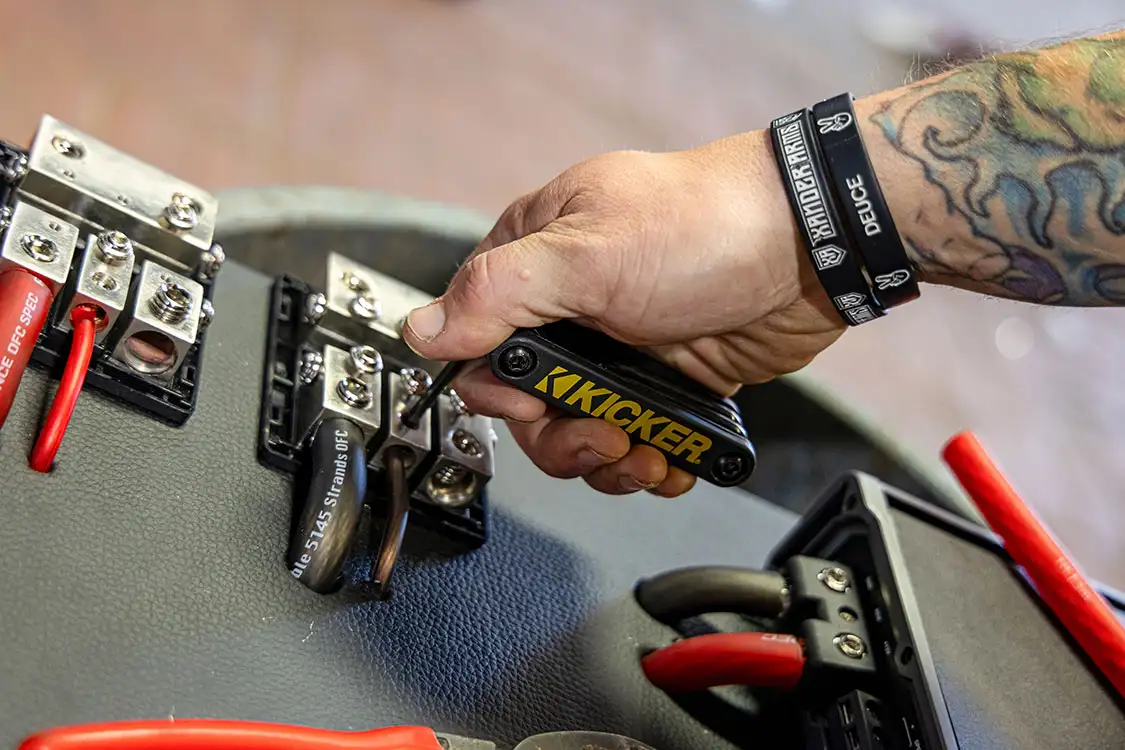




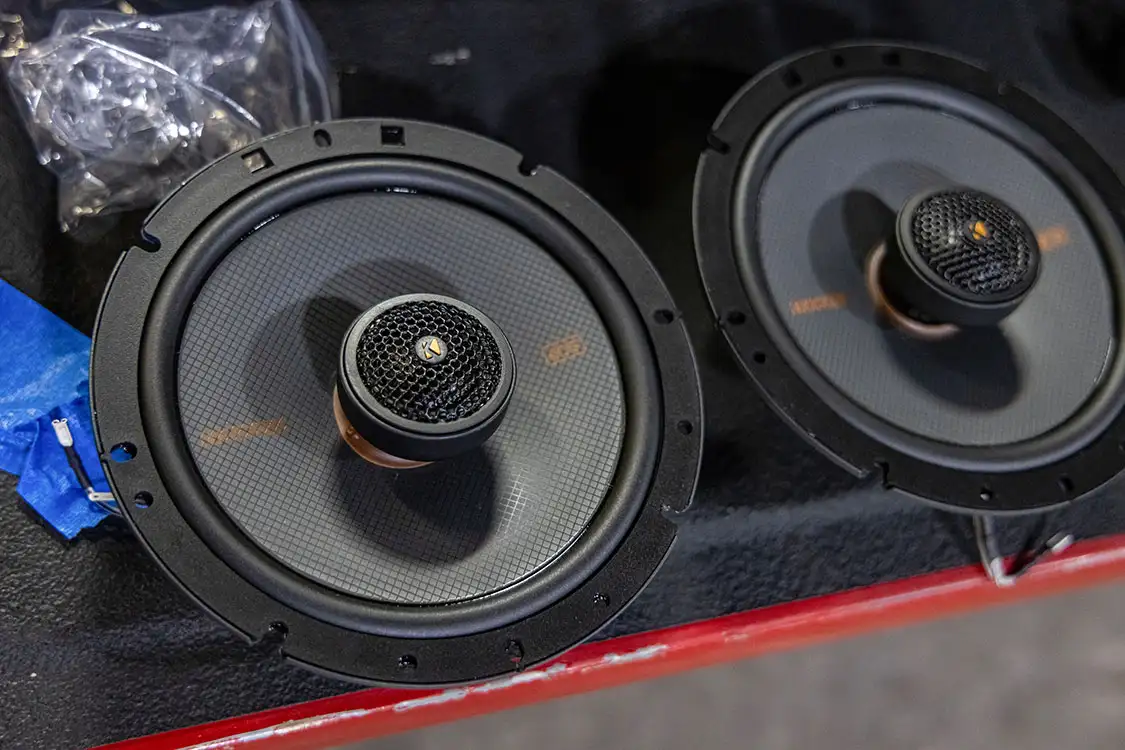
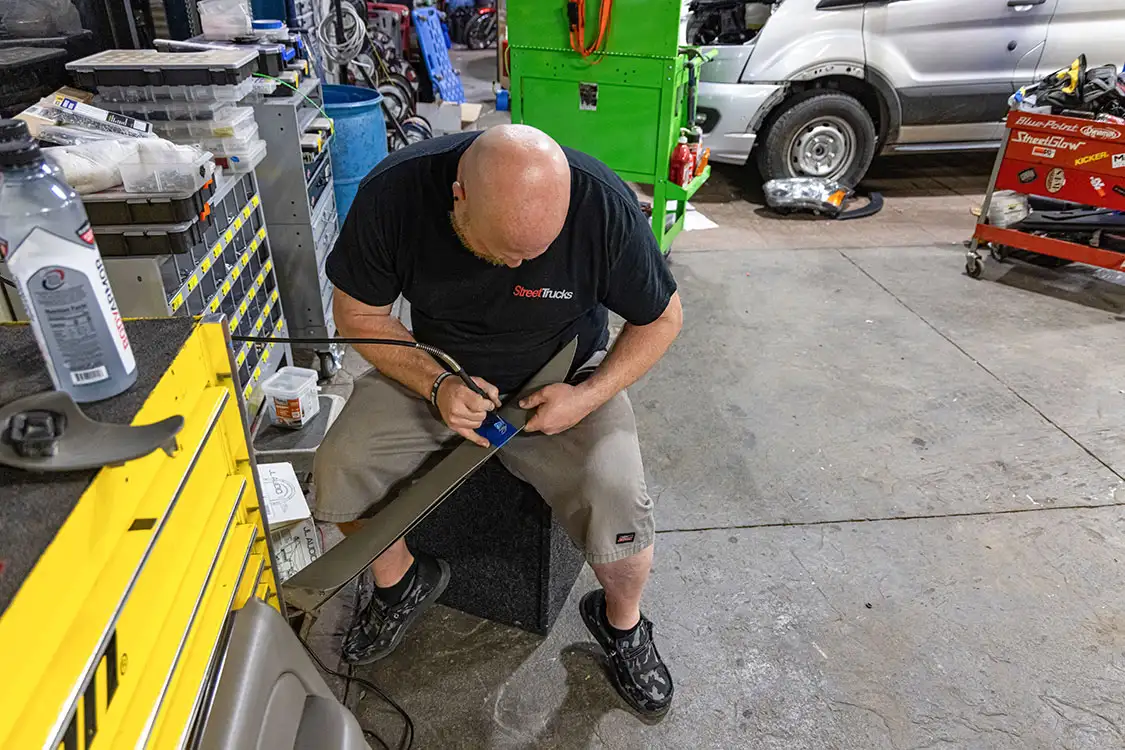
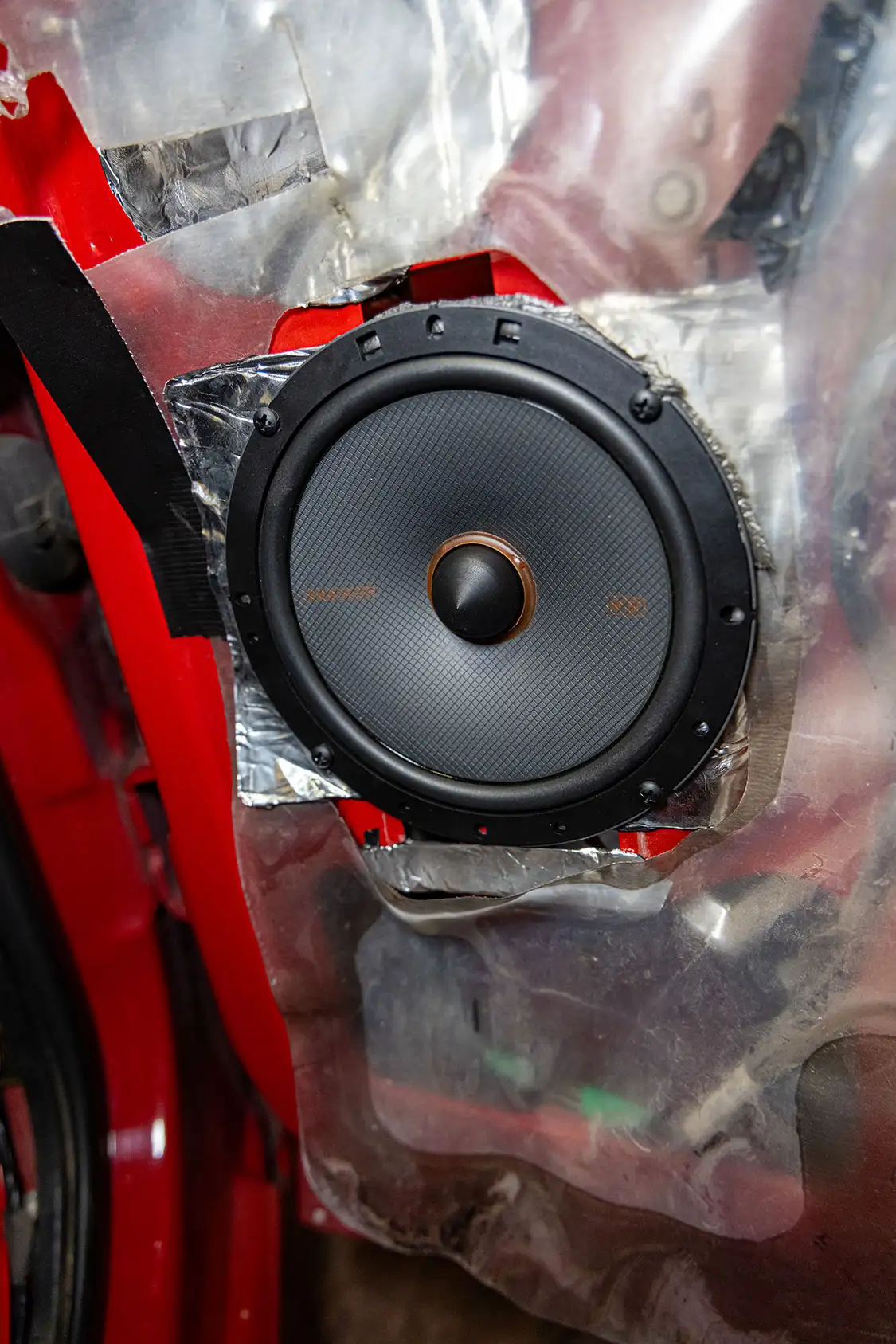
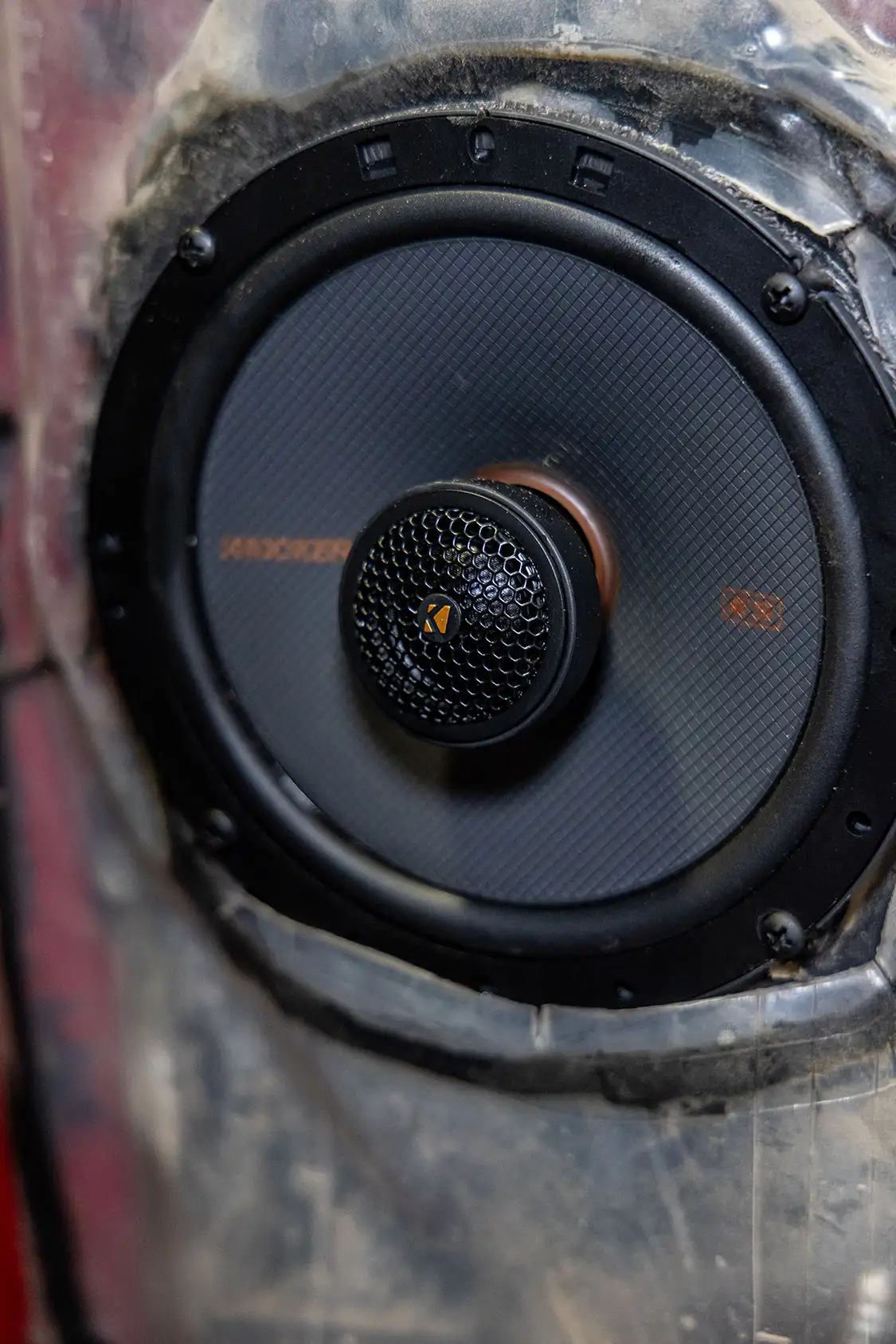
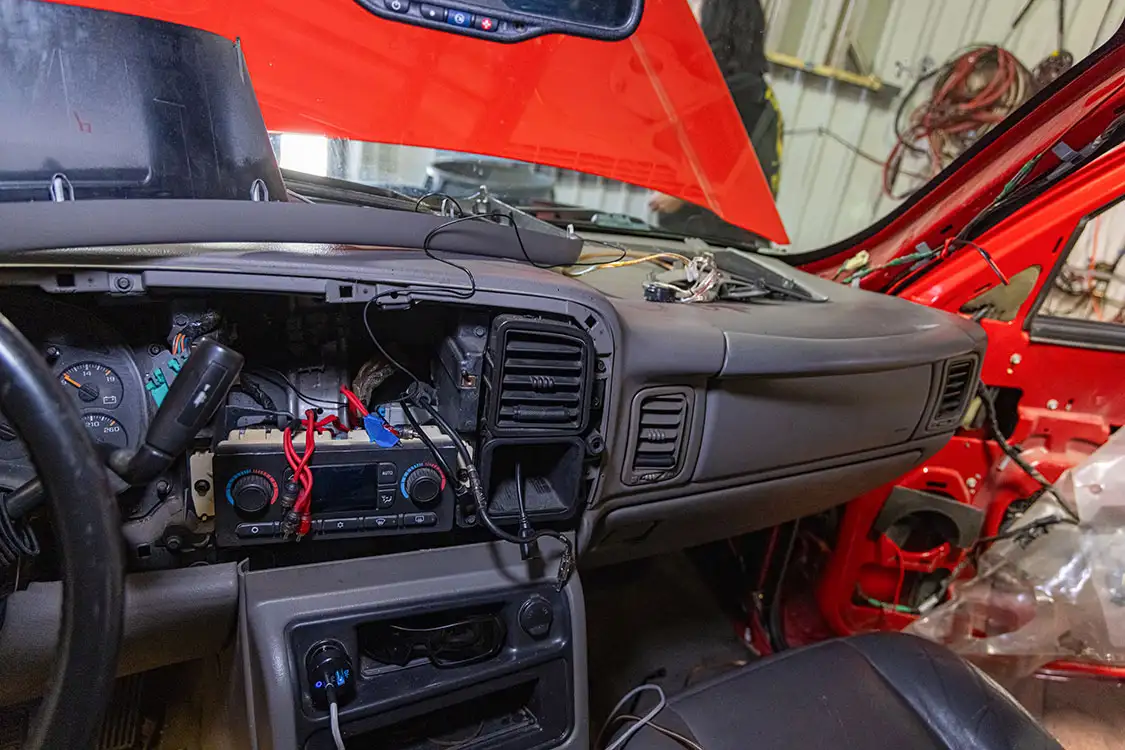





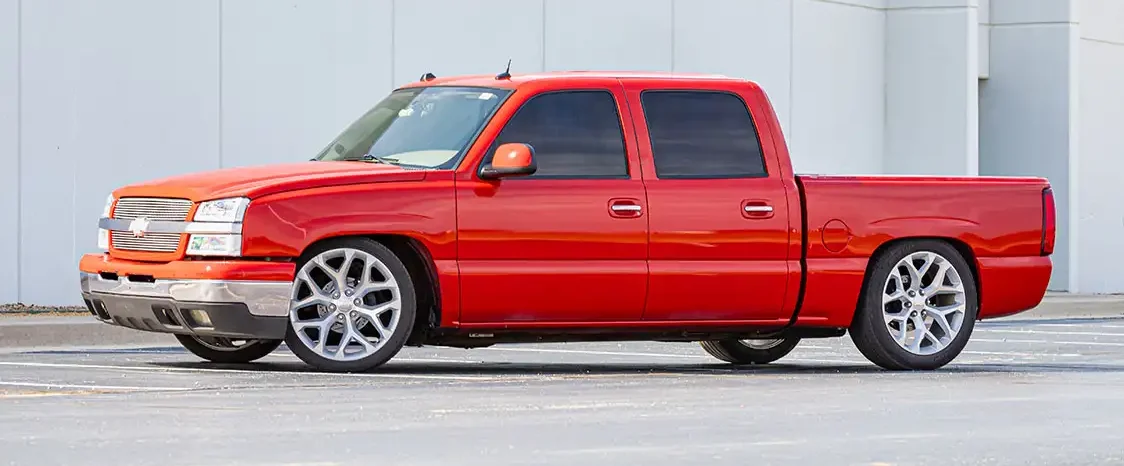

Kicker
www.kicker.com
IG: kickeraudio
Sony
electronics.sony.com/audio/c/car-marine-audio
IG: sonycaraudiousa
NET Audio
netaudio.com
IG: netaudiowf
Auto FX
FB: AutoFXYukon405
405-350-1588
Share Link